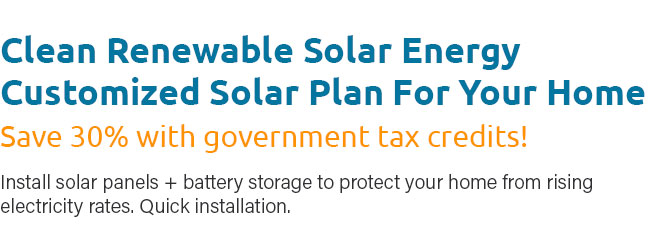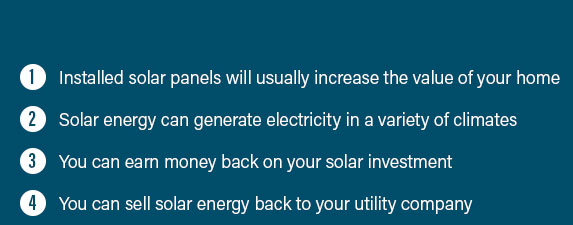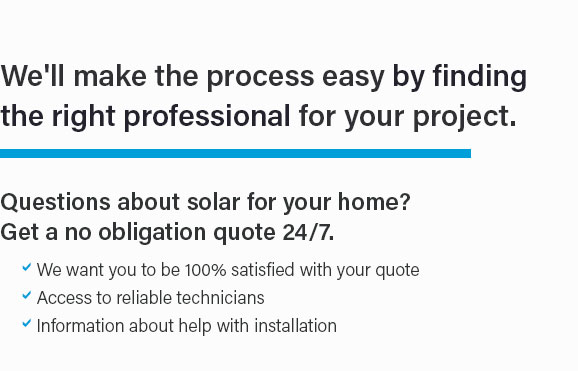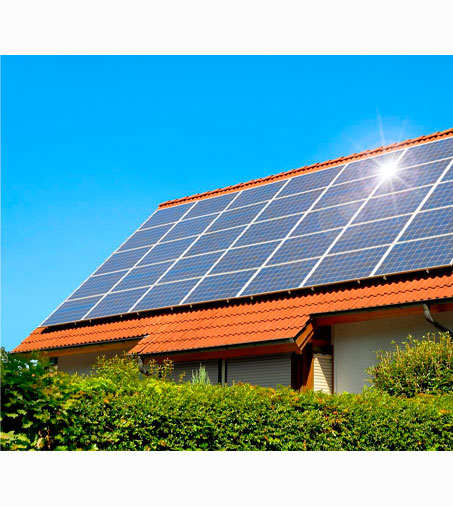 |
 |
 |
 |
 |
 |
 |
 |
 |
 |
 |
 |
 |
 |
|
 |
 |
 |
|
Unlock the power of the sun and transform your home with our unparalleled solar panel installation services-tailored for every state, our residential solar installations harness local expertise and cutting-edge technology to deliver bespoke energy solutions that slash your bills and boost your home's value; get your personalized solar panel installation quote today and join the solar revolution, where innovation meets sustainability, and watch as we illuminate your path to a brighter, greener future with confidence and precision unmatched in the industry.
https://seia.org/research-resources/solar-industry-research-data/
Historically, California been the largest state solar market though other markets are continuing to expand rapidly. Texas led all states in new installations in ... https://www.chooseenergy.com/solar-energy/solar-energy-production-by-state/
California once again takes first place among the top states generating electricity from solar power this month. The Golden State produced ... https://seia.org/solar-state-by-state/
Quick Solar Facts. 209.8. gigawatts of total solar capacity is installed nationwide. 279,447. Americans working in the solar and storage industry. 5,137,576 ...
|